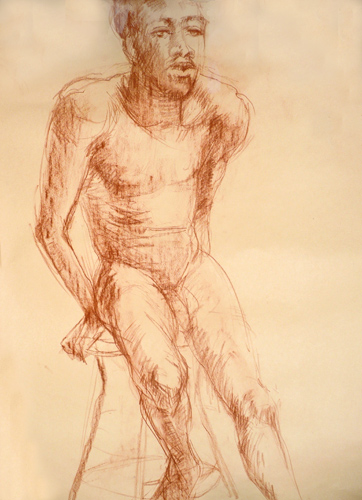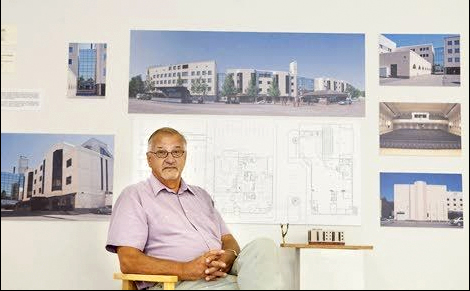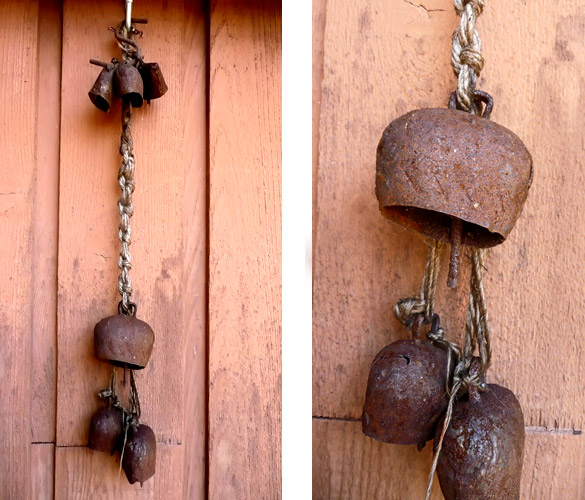maquettry

Dancing Owl-Woman
recycled printmaking elements
Please visit a most wonderful, magical and unique collection of maquettes by a diverse group of artists presented as a five-part online exhibition by Clive Hicks-Jenkins on his Artlog!
I am so pleased to be included at almost the last minute in part five. Go see!
Do visit part one, part two, part three, part four. Thank you, Clive!
Here’s my earlier post about my sudden inspiration to try making a maquette for the first time and the encouraging comments to join the maquette exhibition, especially from Clive.
I like that Clive calls this my ‘owl-woman resurrection’. That’s because I cut up (‘cannibalised’ is the word Clive used) prints that were proofs from ARKEO #4 and Silent Messengers: Writing-on-Stone I.
Here’s also a post about the making of the trial proofs for the latter piece, should you be interested.













